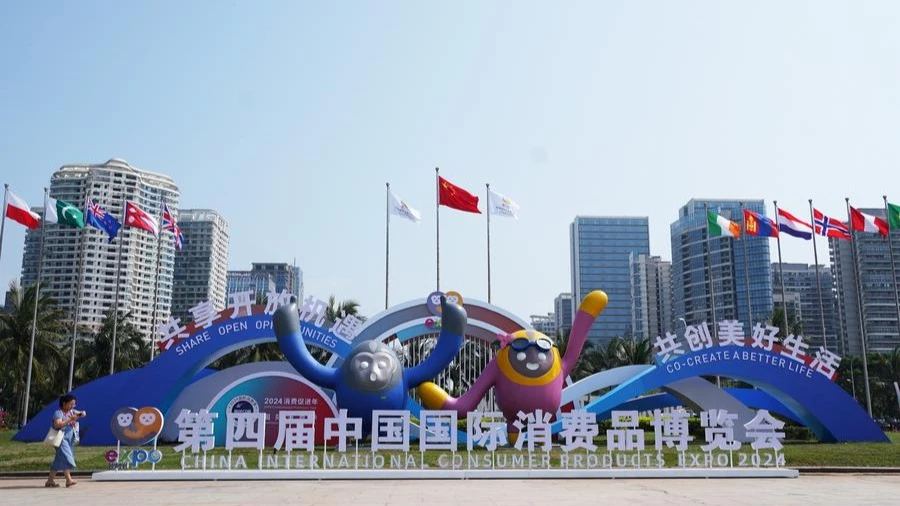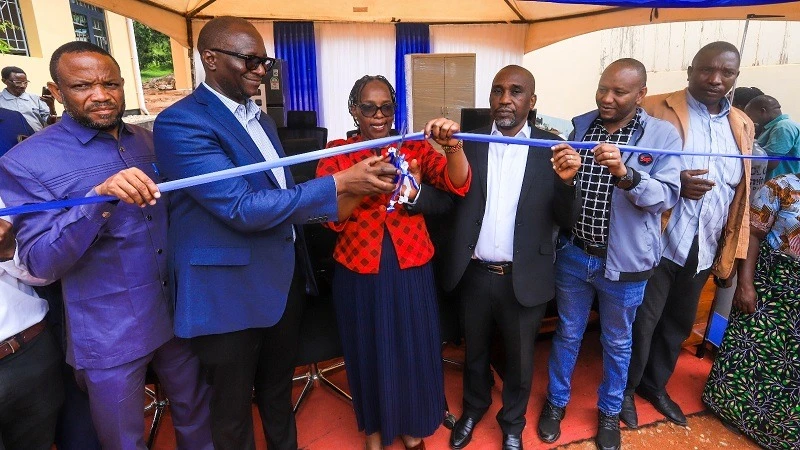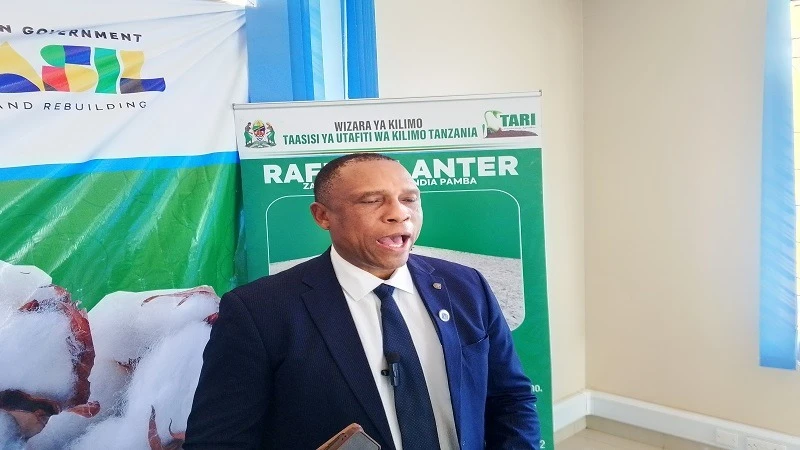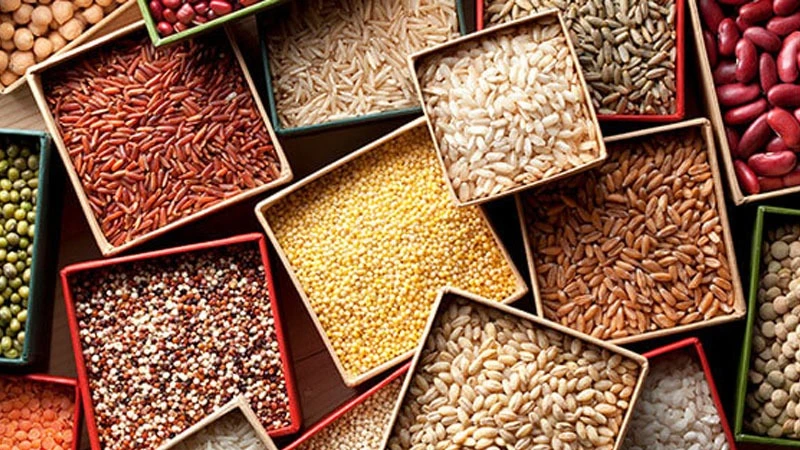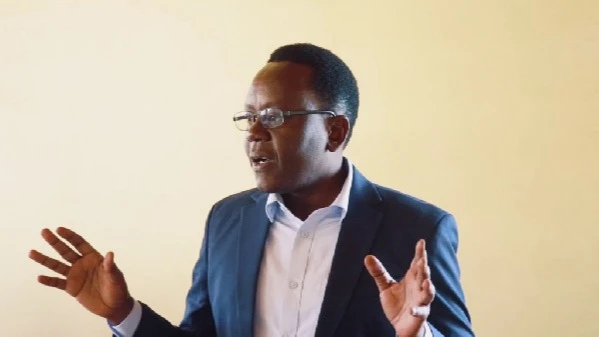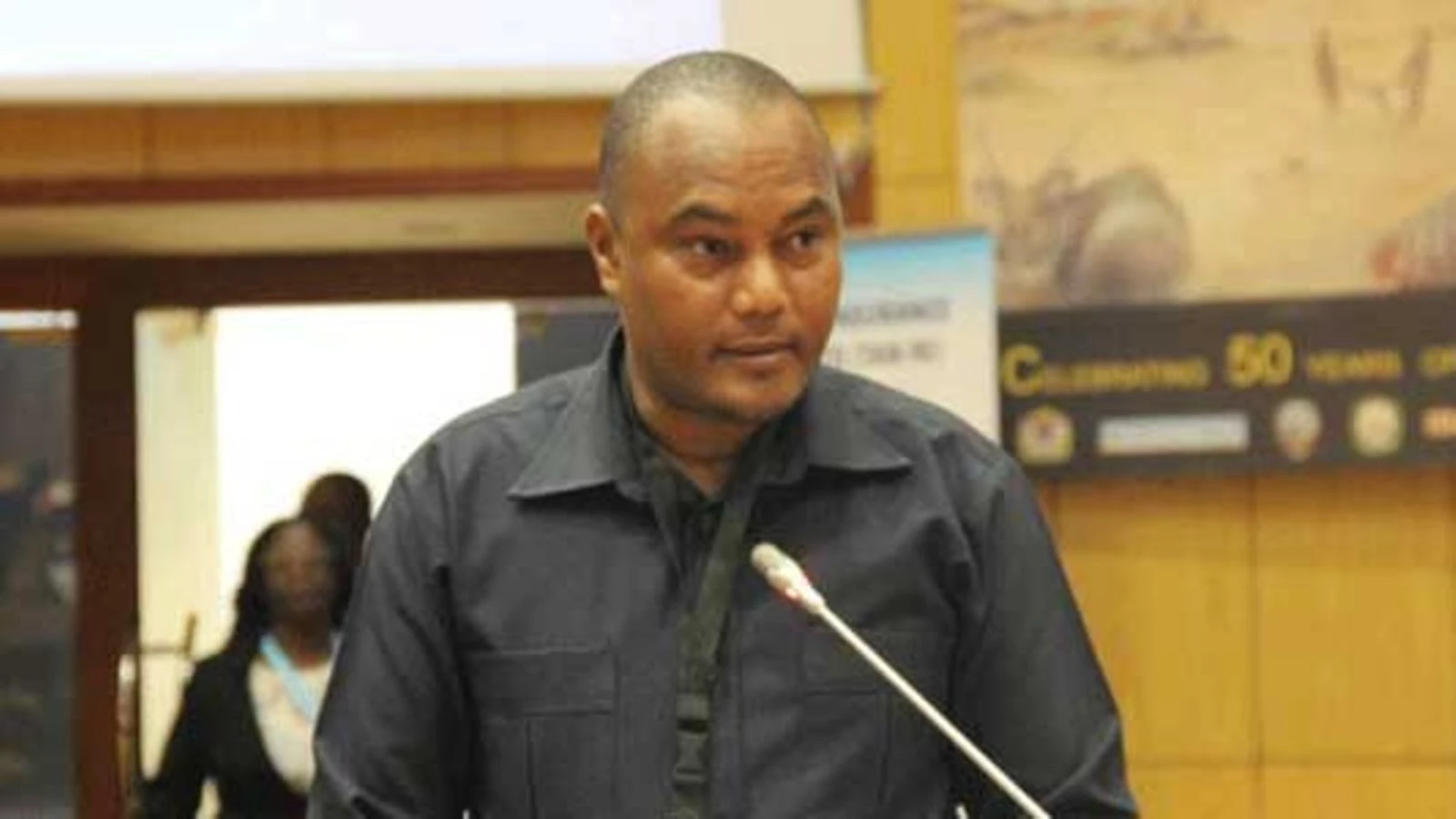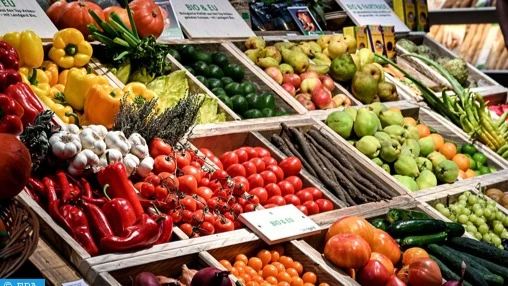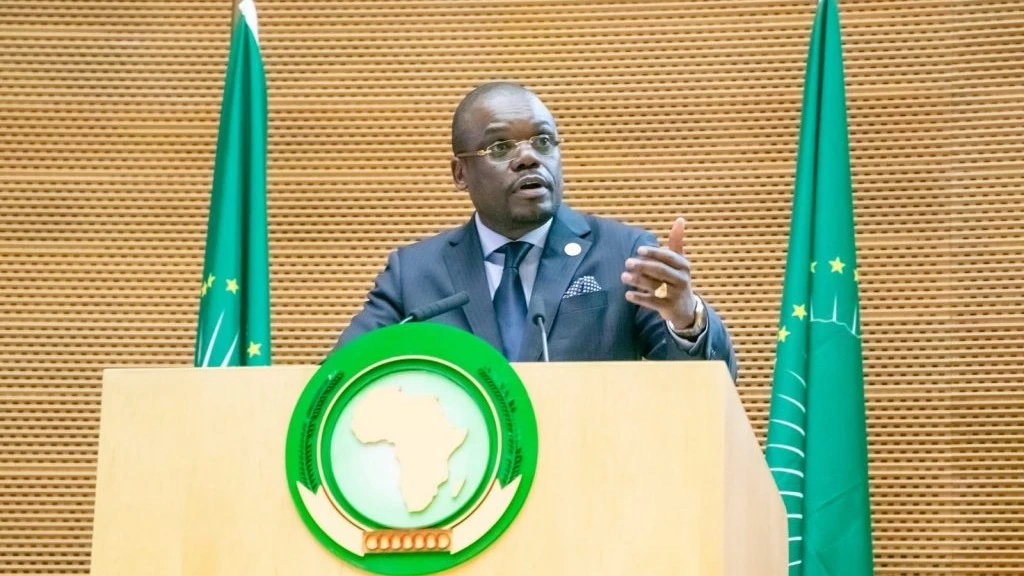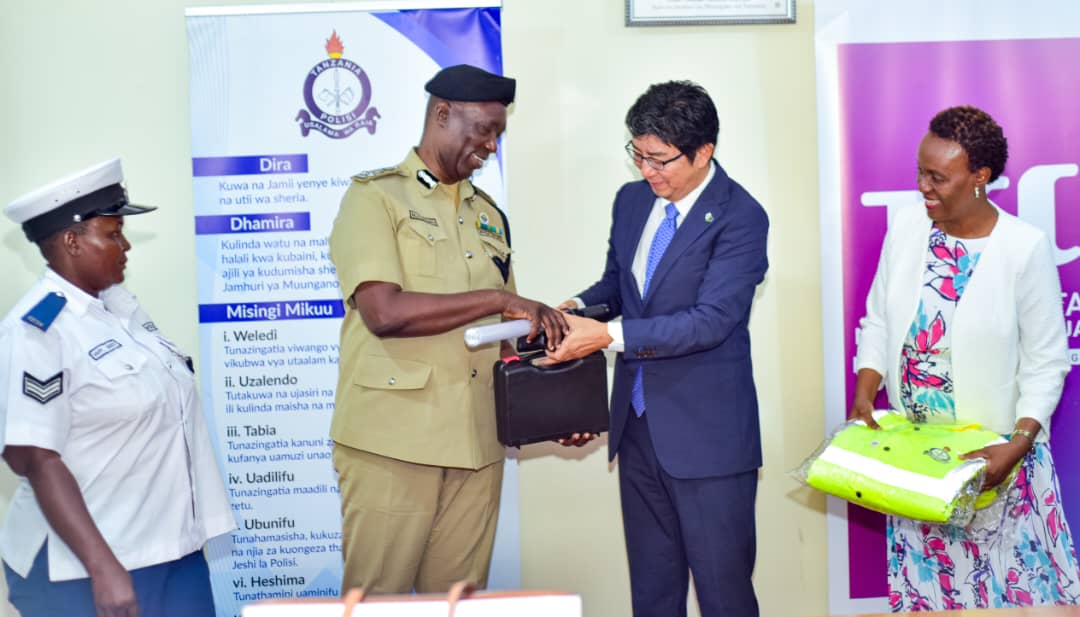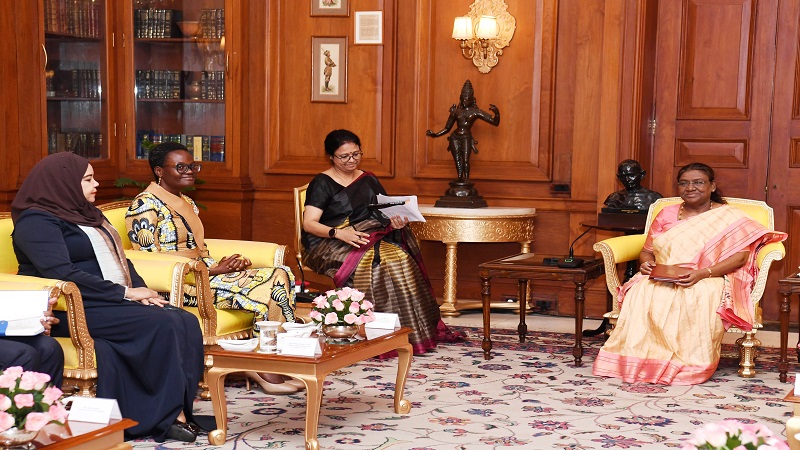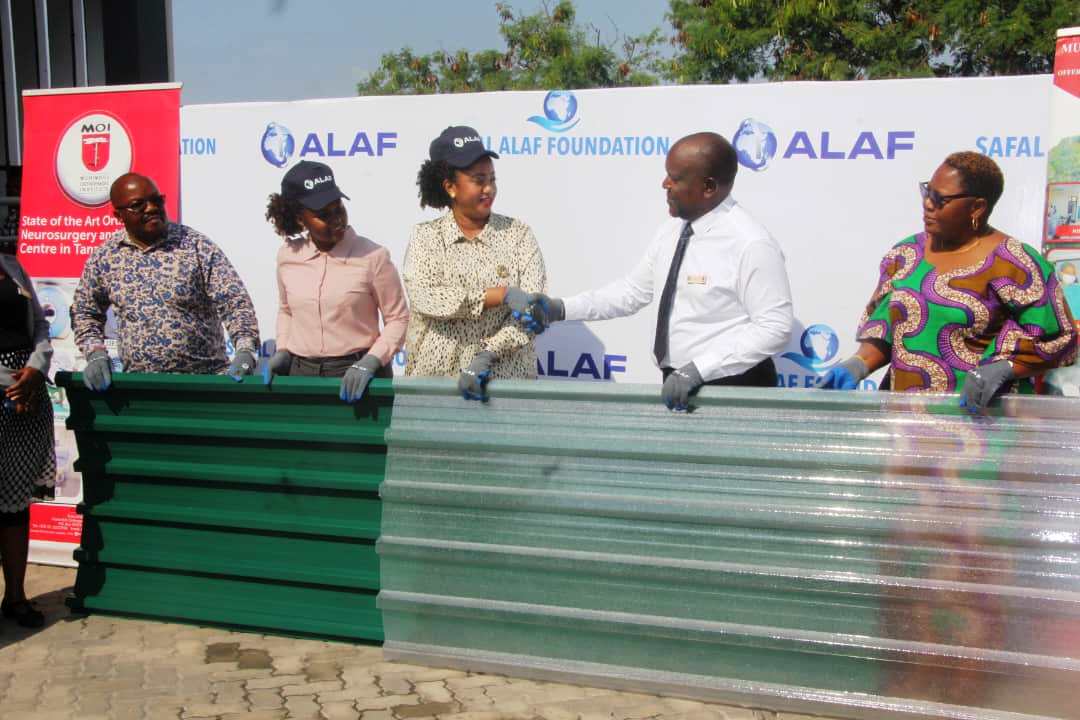Charcoal technology to save forests in Kilombero District
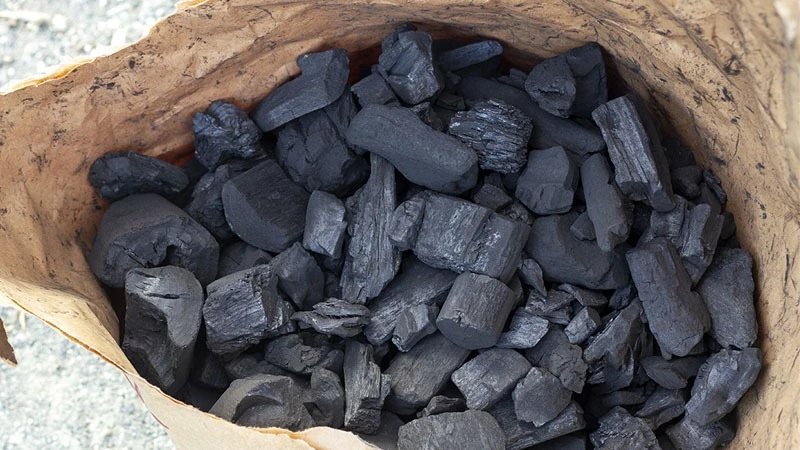
ALTERNATIVE charcoal technology by a women-led group in Mang’ula B village, Kilombero District, Morogoro Region will save millions of trees in villages surrounding Udzungwa Mountains National Park.
The park had in recent years experienced serious destruction of its forests as villagers encroached in search of firewood and sometimes cut down trees for making charcoal.
Restuta Vitalis is the Secretary of the Mazingira Group; she said they are making charcoal briquettes from rice bran, sawdust and wood shavings which are mixed with molasses.
“We decided to venture into the alternative charcoal making business after realizing that too many trees were cut down by villagers for firewood. Our customers include food vendors and households,” said Vitalis, adding a kilo of the product is sold at 500/-.
She said they were trained by a non-governmental organization—Associazione Mazingira based in Ifakara Town Council, Kilombero District, adding they are now capable of producing one tonne of charcoal briquettes in three hours.
“We are selling our charcoal at lower prices to attract more villagers,” she added.
A food vendor, Halima Rashid from Mang’ula B village said: “There is a huge difference when using alternative charcoal because its briquettes last longer. I can now spend 2,000/- per day while previously I used to spend up to 10,000/- in buying charcoal every day.”
Suzana Fidelis, also a food vendor from the same village said cooking with the newly introduced charcoal briquettes doesn’t leave dust on the cooking pot, but the price is also affordable.
Theodora Aloyce, chief conservator at the mountain park, raised concerns over encroachment into the park insisting that assisting villagers with clean energy for cooking would save forests. She said they are looking for stakeholders to partner in distributing gas cylinders to villagers surrounding the park.
“I held a number of meeting with villagers in Kiberege, Mang’ula B, sole and Kanyenja villages; they are all asking for clean cooking energy to stop using firewood,” she told members of the Journalists Environmental Association of Tanzania (JET) when the team visited the Nyerere Selous-Udzungwa wildlife corridor to witness the progress registered in the restoration process.
The visit was part of activities under the United States Agency for International Development (USAID) Tuhifadhi Maliasili project—a five-year (2021 - 2026) nationwide project that aims to conserve the country’s biodiversity, enhance habitat connectivity and support community livelihoods.
He said that the act of the people asking for renewable energy shows how they understand the
Felister Mwalongo, programme coordinator for Associazione Mazingira said they are also sensitizing villagers to use improved mud stoves that use fewer pieces of firewood. He said a total of 52 households are using the stoves.
Mwalongo said that USAID facilitates environmental conservation education in villages surrounding the Udzungwa Mountains zone and the corridor.
Environmental education will be directed to primary school pupils, with 300 pupils and 45 teachers reached so far, while 60,000 tree seedlings were distributed to the community across four months.
Kelvin Shirima, Project Officer with MJUMITA said the various interventions implemented with support from the USAID Tuhifadhi Maliasili project have largely helped to make environmental conservation issues among the agenda of the village meetings.
He said they have been working with different groups that are involved with environment conservation in six zones, 14 regions, 32 districts and 452 villages countrywide.
“We have been working with the groups to add value of products in the forest value chain. Our aim is to ensure villagers are aware of the benefits of forests and take part in its protection,” said Shirima, adding they also monitor villages to ensure good governance in execution of forest and environmental related projects which contributes to restoration of the Nyerere Selous-Udzungwa corridor.
Top Headlines
© 2024 IPPMEDIA.COM. ALL RIGHTS RESERVED





